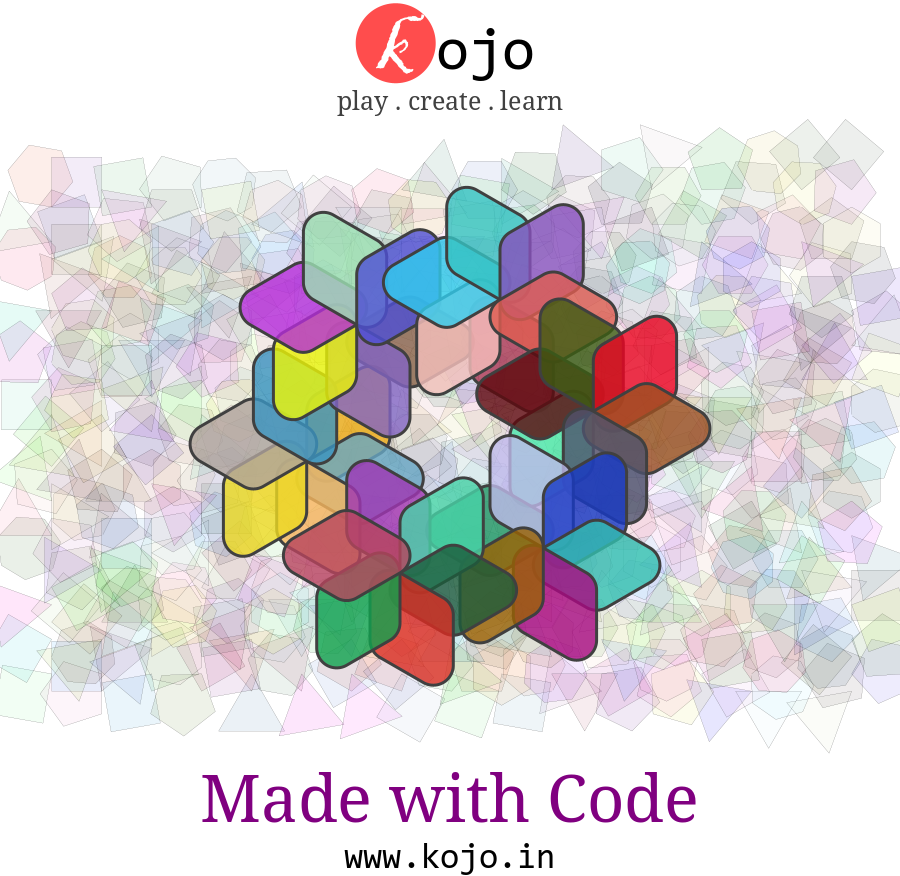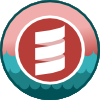Scala is a great tool to teach programming
Since Scala embraces several programming paradigms, it can be used to introduce many important concepts involved in computational thinking, from the most basic ones to the most advanced ones. Its lean syntax makes it straightforward to map those concepts into code. It is suitable to teach programming to beginners, as well as to teach advanced software engineering courses. The scalable language also scales for teaching!
“Scala is a fantastic teaching language as it is less prone to wear down the grit of my students compared to other programming languages that I have used for teaching introductory computer science.”
Björn Regnell, Lund University, Sweden.
“Scala can be taught as a statically typed scripting language. The language works really well for programming in the small in CS1 without all the drawbacks I feel exist with dynamically typed languages.”
Mark Lewis, Trinity University, USA.
“The familiar yet flexible expression-oriented syntax, advanced support for pattern-matching, extensive collections library, powerful type system, and general no-nonsense approach to essential programming constructs are all game changers.”
Lionel Parreaux, Hong Kong University of Science and Technology, Hong Kong.
Read over to learn good reasons to use Scala to teach programming, to know where in the world Scala is taught, and to discover teaching tools and materials used at various levels (from high school to university).
Why Teach Scala
Multiple Paradigms
While we learn new concepts, we compare and contrast different but similar concepts and relate them to what we already know. This is a very important learning principle and many pedagogical strategies build on contrasting and comparing while exploring similarities and differences between concepts and ideas. Scala is an excellent language in supporting this pedagogical principle as it includes a pragmatic mix of concepts and ideas, ranging from simple to advanced, that can be contrasted and compared, step by step.
“One example I use in my teaching is contrasting different ways of solving the configuration problem: early on we contrast a global mutable variable versus default arguments and later when we get more advanced we contrast default arguments with context parameters. This way we can get deep into the more general discussion of the tradeoff between flexibility and complexity.”
Björn Regnell, Lund University, Sweden.
“We teach how to implement basic interpreters and type checkers. For this purpose, algebraic data types with pattern matching and immutable data structures, provided by functional languages, are essential.”
Jaemin Hong, KAIST, South Korea.
“Scala offers a wide variety of programming language constructs. By integrating both OOP and functional aspects into one language, it is a great tool to teach both paradigms and compare solutions within the same language. At the same time, Scala is a great tool to teach software design: it includes a whole spectrum of features ranging from basic constructs to advanced program structuring techniques. This allows us to use the same language to discuss various strategies to decompose a software into modules.”
Jonathan Brachthäuser, University of Tübingen, Germany.
Expressive
Scala has a concise syntax that allows developers to focus on the intent of a program without being distracted by syntactic noise. Here is a “Hello world” program in Scala:
@main def run() = println("Hello, World!")
“Scala is a fantastic teaching language for illustrating solutions with different tradeoffs between the least complex concept that does the job, that might have lower flexibility or is less performant, compared to other solutions that may be more difficult to read and maintain.”
Björn Regnell, Lund University, Sweden.
“Scala allows us to focus only on interesting domain concepts without dealing with tedious low-level implementation issues.”
Jaemin Hong, KAIST, South Korea.
Safe
Scala has a static type system that prevents entire classes of bugs from happening. The compiler helps the students to find bugs before run-time. If a student had too many difficult-to-hunt-down run-time bugs, this could take away the joy of learning and cause fatigue such that a student may give up prematurely and get a feeling of bad self-efficacy and loose motivation.
“In my experience with Scala, the dialog with the compiler about static errors strongly supports conceptual learning and strengthens self-efficacy: ‘I can do this and I’m getting a grip of it!’.”
Björn Regnell, Lund University, Sweden.
Regularity and Principled Constructs
Scala has done away with many of the quirks from C-like languages that still remain in, for example, Java and C#. There are, for instance, no surprising restrictions on what can be nested inside what, and no irregular semantic difference between primitive non-objects and “real” objects.
Best practices recognized by experts (e.g.,
avoiding the usage of null,
manipulating immutable values)
have been the norm since the inception of Scala.
“The level of regularity and generality of principled concepts in Scala is the best I have seen so far in a multi-paradigm language. Every strange irregularity and tricky exception wear down the grit of students and take up time in teaching that can be much better spent.”
Björn Regnell, Lund University, Sweden.
“After learning Scala, many students don’t want to ever go back to more primitive and ad-hoc languages like Java and C++, unless forced by the curriculum!”
Lionel Parreaux, Hong Kong University of Science and Technology, Hong Kong.
Adoption in the Industry
Scala is used by companies such as Twitter, Netflix, AirBnB, NASA, Lego, Spotify (to name a few).
Scala is highly ranked in the Redmonk Programming Language Ranking.
Multiplatform
Scala has been successfully used to implement both backends (running on a JVM) and frontends (running in the browser).
Ecosystem
Scala has thousands of libraries, and it has access to the whole Java ecosystem as well as the JavaScript ecosystem.
“Full access to Java libraries as well as a large environment of Scala libraries means that I can give interesting assignments.”
Mark Lewis, Trinity University, USA.
Versatile
Scala has been successfully used in domains such as distributed services, parallel programming, big data analysis, HTTP servers.
“In CS2, I’ve had students do a project that involves graphics, networking, and multithreading and Scala makes that possible with limited overhead.”
Mark Lewis, Trinity University, USA.
Who Is Teaching Scala
Several universities use Scala to teach programming. Discover them on the following map:
Want to add yourself to the map? Add your name to teachers.yml.
Teachers Community
Join the community of teachers and start a discussion about your teaching setup or your teaching material.
Educational Material
This section lists popular tools or courses used for teaching programming in Scala.
Kojo

Image credits: Aditya Pant.
Kojo is a coding app for kids. Kojo is written in Scala, and kids do their coding in Scala within the app.
Kojo is in the coding curriculum in one state in India.
You can check out examples of Kojo creations at The Kojo Code Exchange.
Scala Bridge

Scala Bridge builds an inclusive Scala community with introductory programming workshops for underrepresented groups.
Scala Center Online Courses
The Scala Center produces online courses to learn Scala. These courses target people with some (non-Scala) programming background.